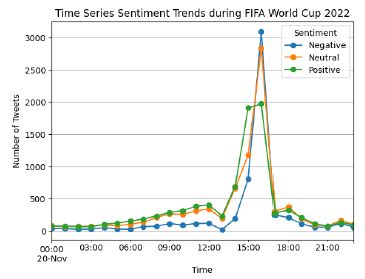Sentiment Analysis of Twitter Data Using Machine Learning Techniques
DOI:
https://doi.org/10.5281/zenodo.10791485Keywords:
Crisis Management, LSTM, Sentimental Analysis, Tokenization, VaderAbstract
In the age of social media, it is more convenient for individuals to articulate their thoughts and emotions. Each day, they disseminate their perspectives and notions on various social media platforms about ongoing global events. On controversial issues, one can find a consensus of public feeling, whether positive or negative. Twitter functions as a demonstration of a social media platform where individuals participate in discussions about their perspectives. Twitter sentiment analysis examines the overall feeling or emotion expressed in tweets. It employs machine learning and natural language processing techniques to automatically categorize tweets as good, negative, or neutral depending on their content. It may be used for single tweets or a bigger dataset relating to a specific topic or event. Through the identification of these sentiments, machine learning endows us with an advantageous position in the analysis and prediction of said sentiments. Distinct machine learning models are utilized in this paper to scrutinize sentiments within Twitter data. The proposed system offers a comprehensive evaluation of the performance of various machine learning algorithms, including Vader, XGBoost with CountVectorizer, XGBoost with Gensim, Random Forest with CountVectorizer, Random Forest with Gensim, Single LSTM, and Bidirectional LTSM and Bidirectional LTSM gives highest accuracy of .73.
Downloads

Downloads
Published
How to Cite
Issue
Section
License
Copyright (c) 2024 Mantasha Khan, Ankita Srivastava

This work is licensed under a Creative Commons Attribution 4.0 International License.











